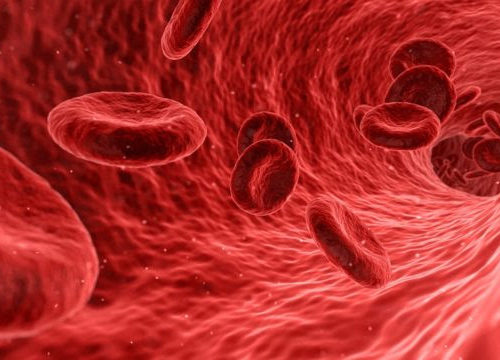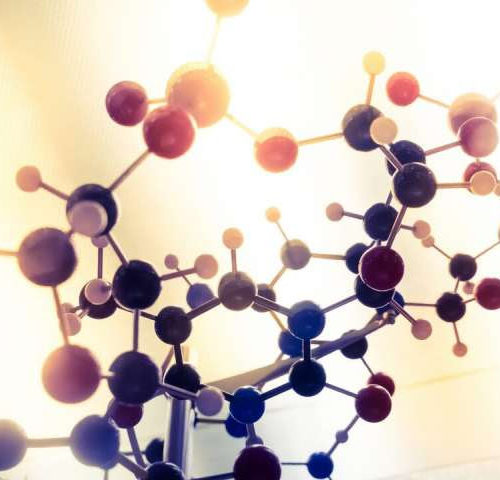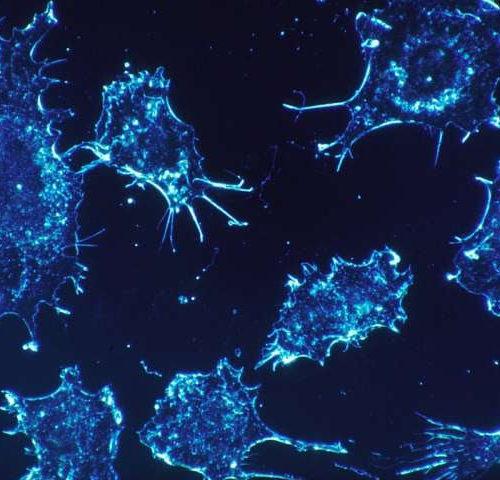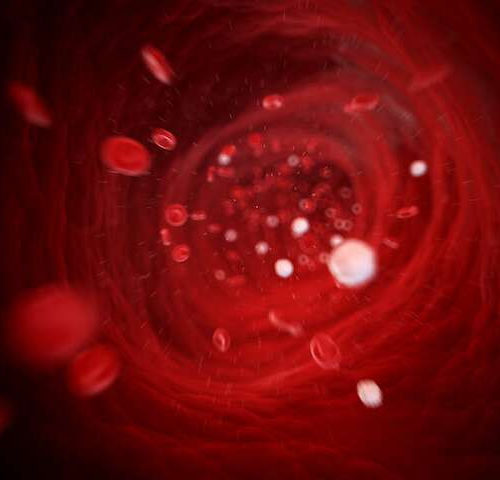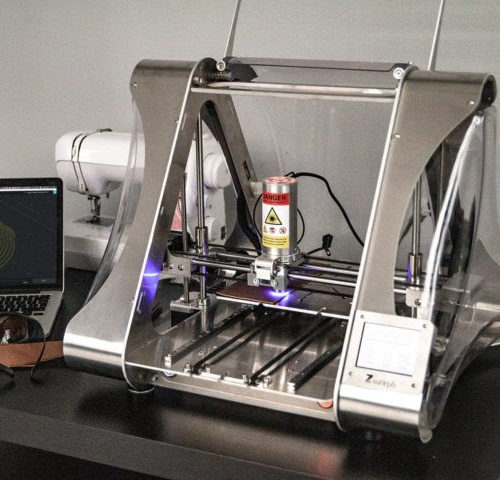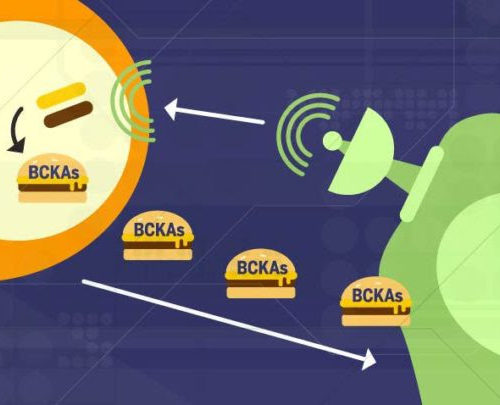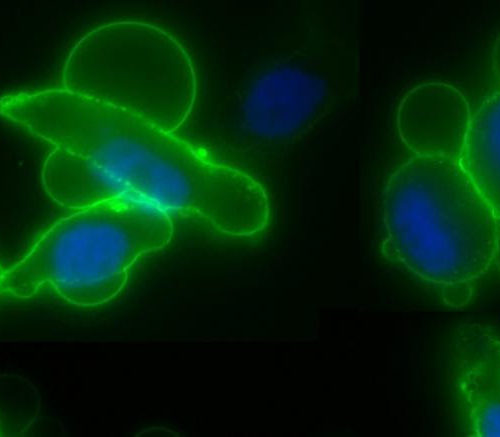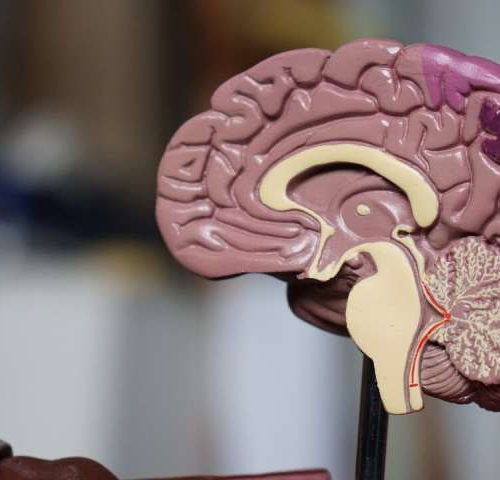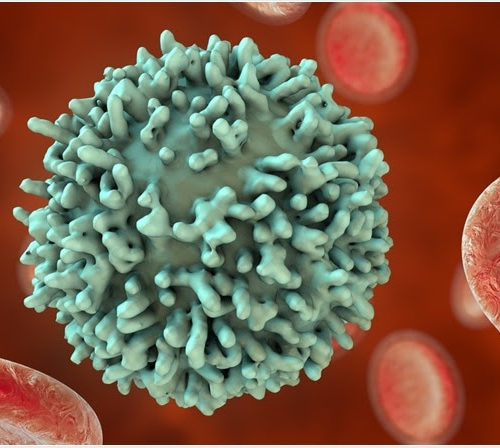Small particles released by cancer cells contain specific proteins that may be used in a blood test to detect cancer at an early stage, according to a study published in the scientific journal Cell by a group of investigators from US institutions, and including a principal author from LiU. Early detection of cancer increases the...
Tag: <span>extracellular</span>
Detecting pancreatic cancer at treatable stages
by Brian Consiglio, University of Missouri Pancreatic cancer is rarely detected at its early stages because symptoms often do not present themselves until after the cancer has progressed. By then, invasive procedures such as surgery, chemotherapy or radiation are often needed to treat the cancer. Now, researchers at the University of Missouri’s College of Veterinary...
Breast cancer cells use message-carrying vesicles to send oncogenic stimuli to normal cells
by The Wistar Institute According to a study by The Wistar Institute, breast cancer cells starved for oxygen send out messages that induce oncogenic changes in surrounding normal epithelial cells. These messages are packaged into particles called extracellular vesicles (EVs) and reprogram mitochondrial shape and position within the recipient normal cells to ultimately promote deregulated...
Protein study may be key to treating fibrotic diseases
by Bill Snyder, Vanderbilt University An MRI with increased signal in the posterior part of the internal capsule which can be tracked to the motor cortex consistent with the diagnosis of ALS. Credit: Frank Gaillard/Wikipedia A protein linked to amyotrophic lateral sclerosis (ALS), a progressive neurological disease that causes muscle weakness, may be a key...
Researchers track down metabolic enzyme that protects against inflammation
by La Jolla Institute for Immunology Scrape your knee, and you’ll see some red puffiness appear around the injury. This is inflammation, and it is driven by the immune system. Inflammation around a scrape is minor, but inflammation around joints—due to diseases like rheumatoid arthritis—can be incredibly painful. And inflammation in and around the blood...
New bioink for cell bioprinting in 3D
A research group led by Daniel Aili, associate professor at LiU, has developed a bioink to print tissue-mimicking material in 3D printers. The scientists have developed a method and a material that allow cells to survive and thrive. “Bioprinting is a new and exciting technology to manufacture three-dimensional tissue-mimicking cell cultures. It has been a...
Study Suggests Method to Starve Pancreatic Cancer Cells
A University of Michigan-led study is shedding new light on the way pancreatic cancer cells turn nearby connective tissue cells into co-conspirators in their deadly growth. The findings, which appear in Nature Metabolism, also suggest a new potential strategy against pancreatic cancer by identifying critical components of metabolic cross-talk between cells that might be attacked...
Study sheds light on how cancer spreads in blood
Analysis of particles shed by tumors points to new, less invasive way to diagnose malignancies CEDARS-SINAI MEDICAL CENTER MAGNIFIED IMAGE SHOWS PROSTATE CANCER CELLS EXHIBITING FORMATION OF EXTRACELLULAR VESICLES ON THE CELL MEMBRANES, WHICH CONTAIN TUMOR-DERIVED PROTEINS AND ARE IMPLICATED IN THE SPREAD OF CANCER. view more CREDIT: IMAGE BY CEDARS-SINAI. A new study sheds...
To let neurons talk, immune cells clear paths through brain’s ‘scaffolding’
by University of California, San Francisco To make new memories, our brain cells first must find one another. Small protrusions that bud out from the ends of neurons’ long, branching tentacles dock neurons together so they can talk. These ports of cellular chatter—called synapses, and found in the trillions throughout the brain—allow us to represent...
What is the Secretome?
By Reginald Davey Reviewed by Dr. Mary Cooke, Ph.D. Biological organisms are incredibly complex machines made up of innumerable parts working in complementary ways. Understanding the complex, intricate interactions between tissues and cells is, therefore, key to a holistic understanding of the organism as a whole, and over the centuries that have encompassed the science...
- 1
- 2

